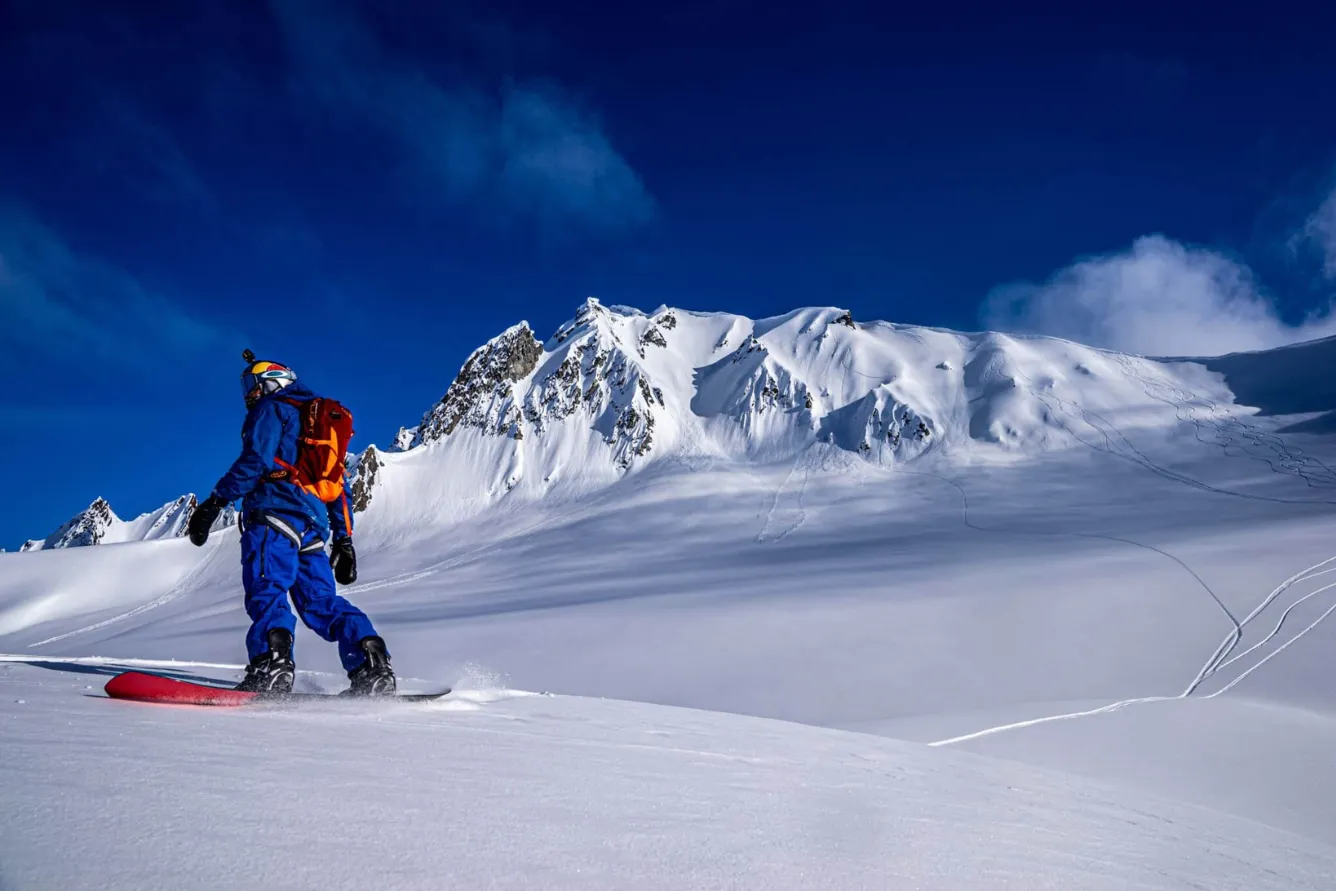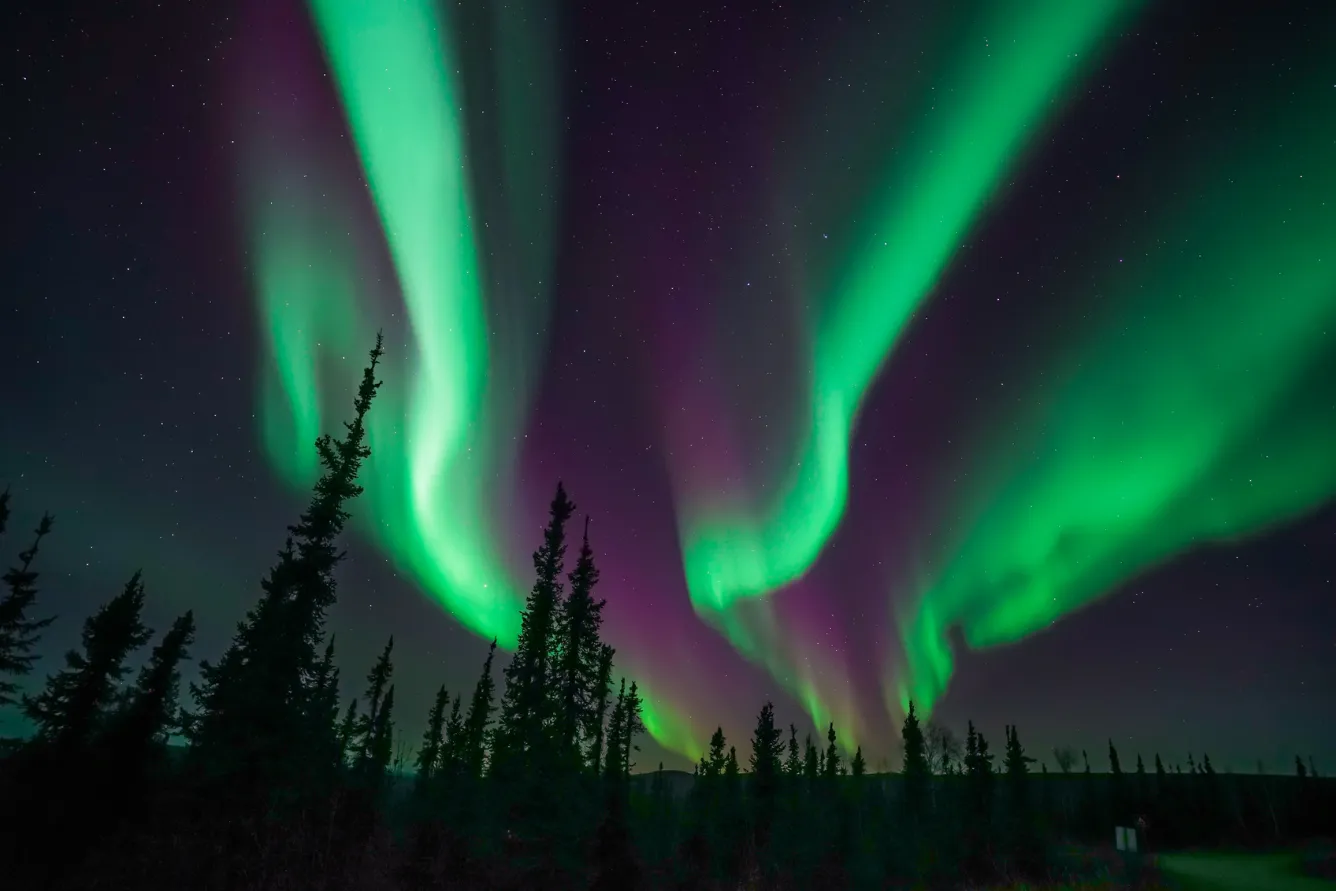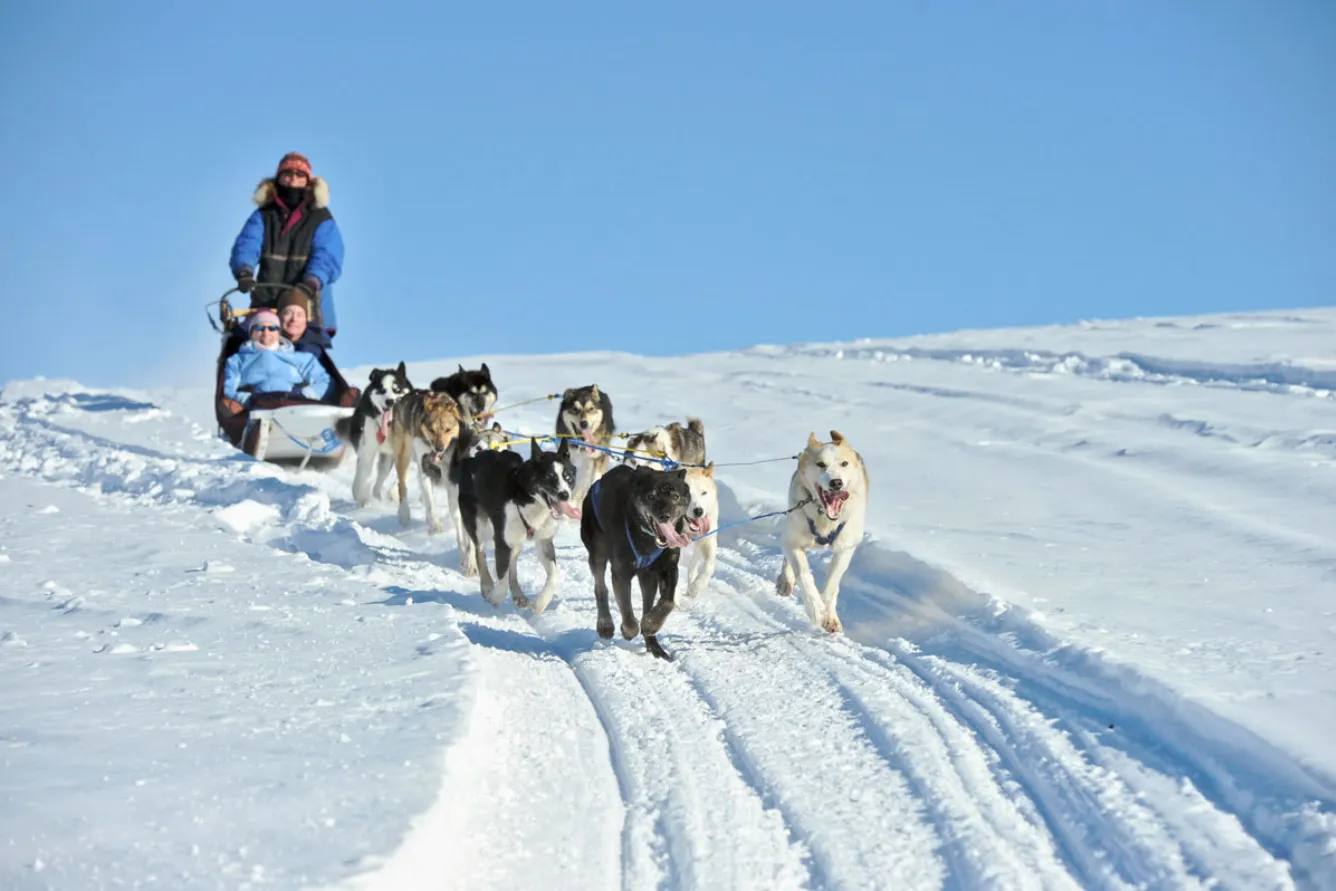Alaska, the land of icy wonders and majestic mountains, is not only famous for its magnificent glaciers and mesmerizing aurora borealis. It also harbors the gentle and captivating beauty of vast pine forests, especially in winter when snow blankets the landscape, creating a picturesque scene. If you are a nature lover and want to discover a different side of Alaska, join “Du lịch khắp thế gian” (Travel the World) to explore the stunning pine forest areas that you shouldn’t miss.
1. Chugach National Forest
Chugach National Forest, located in south-central Alaska, is one of the largest national forests in the United States. Spanning a vast area, Chugach encompasses diverse ecosystems, from rugged coastlines and majestic glaciers to towering mountains and, notably, expansive evergreen pine forests.

In winter, the pine forests of Chugach don a pristine white coat, creating a peaceful and romantic setting. Tall pine trees laden with snow stand majestically in the tranquil space, offering a sense of relaxation and closeness to nature. Visitors can enjoy activities such as hiking on snow-covered trails, cross-country skiing, or simply soaking in the fresh air and admiring the beauty of the winter pine forest.
Chugach is not only home to pine forests but also an ideal place to witness the aurora borealis in winter. With clear night skies and minimal light pollution, you can easily spot the shimmering, magical lights dancing across the sky, creating an unforgettable experience amidst the serene pine forest landscape.
2. Tongass National Forest
Tongass National Forest, located in Southeast Alaska, is the largest national forest in the United States and one of the largest intact temperate rainforests in the world. While renowned for its temperate rainforest, Tongass still features stunning pine forest areas, particularly coastal pine forests and those on islands.

Tongass pine forests offer a different kind of beauty compared to Chugach. Here, there’s a unique combination of vibrant green pine forests and pristine coastline, creating a landscape that is both majestic and dreamy. Tall Sitka Spruce and Western Hemlock trees reach towards the sea breeze, forming a solid green wall along the coast.
Visitors to Tongass can explore the pine forests by kayak, hiking, or joining eco-tours. In winter, although snow may not be as heavy as in Chugach, Tongass pine forests still possess a distinct beauty with layers of sea salt and frost clinging to branches, creating unique natural sculptures.
3. Kenai National Wildlife Refuge
Kenai National Wildlife Refuge, located in south-central Alaska, is a biodiverse region with mountains, glaciers, lakes, and forests. Kenai is renowned for its vast taiga forest ecosystem (boreal coniferous forest), which includes various pine species such as White Spruce, Black Spruce, and Lodgepole Pine.

The pine forests in Kenai distinctly embody the characteristics of northern forests, with tall, straight pine trees, deep green foliage, and fresh air. In winter, the Kenai pine forest becomes even more tranquil and mysterious as snow blankets every corner, transforming it into a pristine white wonderland.
Visitors can explore the Kenai pine forests by hiking, camping, or ice fishing on frozen lakes. This refuge is also home to various wildlife species such as moose, black bears, and red foxes. If you’re lucky, you might encounter these animals in their natural habitat within the pine forest.
4. Denali National Park
Denali National Park, located in Interior Alaska, is famous for its majestic Denali peak and diverse ecosystems. Although much of Denali’s area is alpine tundra and glaciers, the foothills and valleys still harbor stunning taiga pine forests.

Pine forests in Denali are often interspersed with other conifers like spruce and birch, creating a multi-colored forest tapestry. In winter, heavy snowfall transforms Denali into a white expanse, but the pine trees still stand resiliently, providing green accents amidst the icy landscape.
Visitors to Denali in winter can enjoy activities like skiing, snowmobiling, or scenic helicopter tours. Denali’s pine forests are not only a habitat for wildlife but also a vital part of the national park’s magnificent natural landscape.
5. Fairbanks and Interior Alaska
Fairbanks, the second-largest city in Alaska, is located in the heart of Interior Alaska. The area surrounding Fairbanks and Interior Alaska is covered by vast taiga forests, featuring many stunning pine forests.

Pine forests in Interior Alaska are often denser than in coastal areas, creating lush and pristine forests. In winter, heavy snowfall turns the pine forest into a white world, quiet and secluded from the hustle and bustle of outside life.
Fairbanks and Interior Alaska are ideal destinations to experience an authentic Alaskan winter. Visitors can enjoy activities like dog sledding, ice fishing, hot springs bathing, and especially aurora viewing amidst the magical pine forest setting. Chena Hot Springs Resort, near Fairbanks, is a famous spot for hot springs bathing and aurora viewing in the pine forest.
Conclusion
Alaska is not just a land of ice and snow, but also a place that harbors diverse and rich natural beauty. The stunning pine forests in Alaska, especially in winter, offer a unique and unforgettable travel experience. From the majestic Chugach National Forest, the poetic coastal Tongass National Forest, the pristine Kenai National Wildlife Refuge, the magnificent Denali National Park, to the serene Interior Alaska, each pine forest area has a unique beauty, waiting for visitors to discover and experience. Plan your trip to Alaska and don’t forget to take time to immerse yourself in the beauty of these wonderful pine forests.